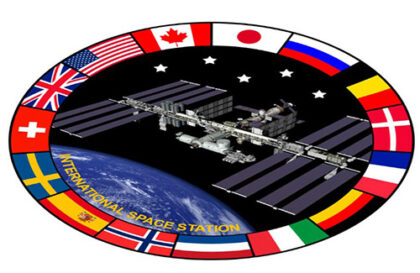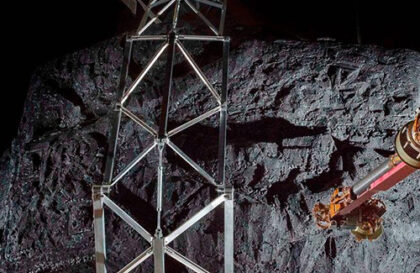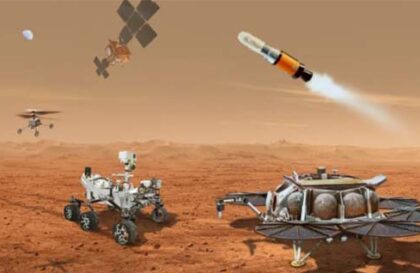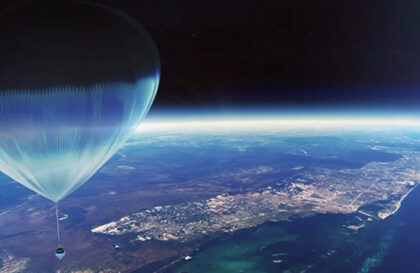The Mercury Seven were tasked with launching the United States into space and eventually landing on the moon.
The space race, the competition between the United States and the Soviet Union for space exploration, was a defining feature of the Cold War.
In April 1959, John Glenn was one of the first seven American astronauts selected to begin training for space flight. Glenn’s selection as one of the Mercury Seven was based on his extensive experience as a military pilot.
The space race and John Glenn’s role in it
The space race, the competition between the United States and the Soviet Union for space exploration, was a defining feature of the Cold War. In April 1959, John Glenn was one of the first seven American astronauts selected to begin training for space flight.Known as the Mercury Seven, these astronauts were tasked with launching the United States into space and eventually landing on the moon. Glenn’s selection as one of the Mercury Seven was based on his extensive experience as a military pilot.
Credit: Nasa/Getty Images
On February 20, 1962, John Glenn made history by becoming the first American astronaut to orbit the Earth. His Friendship 7 spacecraft made three orbits around the planet before returning safely to Earth. Glenn’s historic orbital flight was a significant achievement in the space race and helped establish the United States as a major player in space exploration. His bravery and determination inspired an entire generation of Americans and established him as a national hero.
John Glenn’s contribution to space exploration did not end with his historic orbital flight. In 1998, at the age of 77, Glenn returned to space as part of the crew of the space shuttle Discovery, a historic flight that earned Glenn the NASA Space Flight Medal, making him the only person to receive both the Space Flight Medal and the Congressional Medal of Honor for space This made him the oldest person ever to complete an orbital space flight.
The early life and career of John Glenn
John Herschel Glenn Jr. was born on July 18, 1921 in Cambridge, Ohio. He attended elementary and high school in New Concord, Ohio, where he excelled academically and athletically. After high school, Glenn attended Muskingum College, where he studied engineering and participated in numerous extracurricular activities, including sports and theater. Despite the outbreak of World War II, Glenn was able to earn a degree and in 1942 was drafted into the US Army Air Corps.
Glenn’s military service was extensive and impressive, spanning more than two decades and including combat missions in both World War II and the Korean Wars. He also served as a test pilot, piloting numerous experimental aircraft and pushing the boundaries of aviation. Glenn’s military career culminated in his selection as one of the Mercury Seven, America’s first group of astronauts, in 1959.
After retiring from NASA in 1964, Glenn pursued a political career, serving 24 years as a U.S. Senator from Ohio. During his time in the Senate, Glenn focused on a variety of issues, including education, the environment, and foreign policy.
Scientific discoveries made during Glenn’s space flight
John Glenn’s spaceflight provided a unique opportunity for microgravity research, which involves studying the effects of weightlessness on various physical and biological systems. During his mission, Glenn conducted experiments on the behavior of liquids, combustion processes, and crystal growth in a microgravity environment.Glenn’s spaceflight also contributed to advances in Earth and atmospheric science. Using a variety of instruments aboard his spacecraft, Glenn was able to capture detailed images and data of the Earth’s surface and atmosphere. These observations have helped scientists better understand weather patterns, ocean currents and other natural phenomena, leading to improved weather forecasting and disaster response capabilities. In addition, Glenn’s observations of the Earth’s atmosphere contributed to a better understanding of the ozone layer and the impact of human activities on the environment.
Another area of scientific research during Glenn’s space flight was human physiology. By observing Glenn’s vital signs and conducting experiments on his body’s response to weightlessness, scientists obtained information about the effects of space travel on human health.
Glenn, the last of NASA’s first class of astronauts, died on December 8, 2016, at age 95.
Banner image: The Mercury 7 astronauts in a group photo taken in 1960: Back row, from left: Alan B. Shepard Jr., Virgil I. “Gus” Grissom, and L. Gordon Cooper. Front row, from left: Walter M. “Wally” Schirra Jr., Donald K. “Deke” Slayton, John H. Glenn Jr., and M. Scott Carpenter. Jr. Credit: NASA
Image credit:
https://www.nationalreview.com
https://www.biography.com





